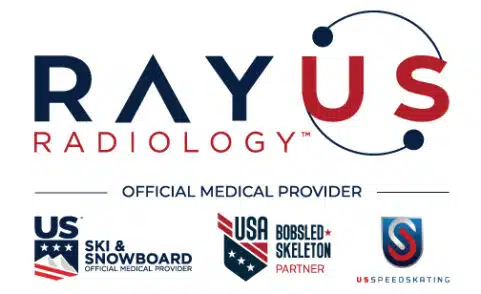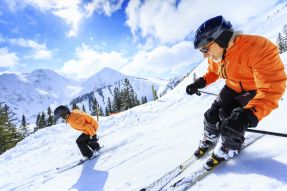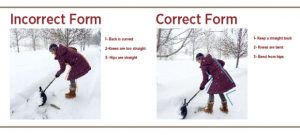
Tips to Prevent Winter Injuries
Winter is a busy time of year at RAYUS Radiology (RAYUS). Whether it’s injuries from winter sports or the result of accidents caused by slick conditions, we are imaging a lot of patients who are hurt because of the season.
Snow Sports Injuries

RAYUS radiologist Ricardo Sanchez, M.D. says the most common injury types he sees from winter recreational sports are shoulder, spine and knee injuries. Oftentimes, with incident-related injuries, time is of the essence. RAYUS offers same-day appointments and radiologists read and interpret your images within 24 hours. With this quick service, diagnosis is made as soon as possible and you are on your way to recovery.
Ice and Falls
Slip and fall accidents from icy sidewalks and pavement are one of the most common accidents in the winter. RAYUS is ready to help if you get hurt, but here are some ways to help prevent slip and falls during the winter months:
- Make sure you wear proper shoes. Shoes that will give you some traction on the snow or ice are the best. Just throw those fancy shoes in your work-bag to change into once you arrive at your destination.
- It may be bone-chillingly cold outside but don’t hide those hands in your coat pockets. Wear gloves to keep your hands and fingers warm so that in case you do fall, your arms are there to help you break your fall and land safely.
- Proceed cautiously! Try not to rush indoors without paying attention to where you are stepping. Small careful steps are the best.
- Need help? Ask! Seniors or those with limited mobility have an increase in risk from a fall. Don’t be afraid to ask for help or offer assistance to another person.
Shoveling Injuries
What activity constitutes the most winter-related injuries? Believe it or not, it’s shoveling snow! Plenty of patients come to RAYUS for scans after getting hurt clearing snow. So as the snow begins to fall, here are our recommendations from House Logic to keep you injury-free while clearing your sidewalk or driveway:
- Purchase the right shovel for the job. Plastic shovels are lightweight and will get the job done without adding to the weight of the snow but they may not last as long as a steel shovel. Steel shovels are the heaviest, most durable but require the most energy to use.
- Sidewalks and driveways are good places to shove the snow to the side and snow shovels designed to push snow rather than scoop also require less physical exertion. Just make sure the snow isn’t piled too high.
- Ergonomic shovels are designed to lessen the strain on your lower back while scooping snow. If you are not able to shove the snow to the side, consider an ergonomic shovel if you know you are going to be doing a lot of scooping.
- Don’t wait until the snow stops. Frequent trips outside to clear snow will be easier on your body and lessen your chance of shoveling injuries.
Finally, when shoveling snow, use the correct form. Make sure your back is straight not curved. Knees should be bent, not straight, and always bend over from the hip when scooping snow.

